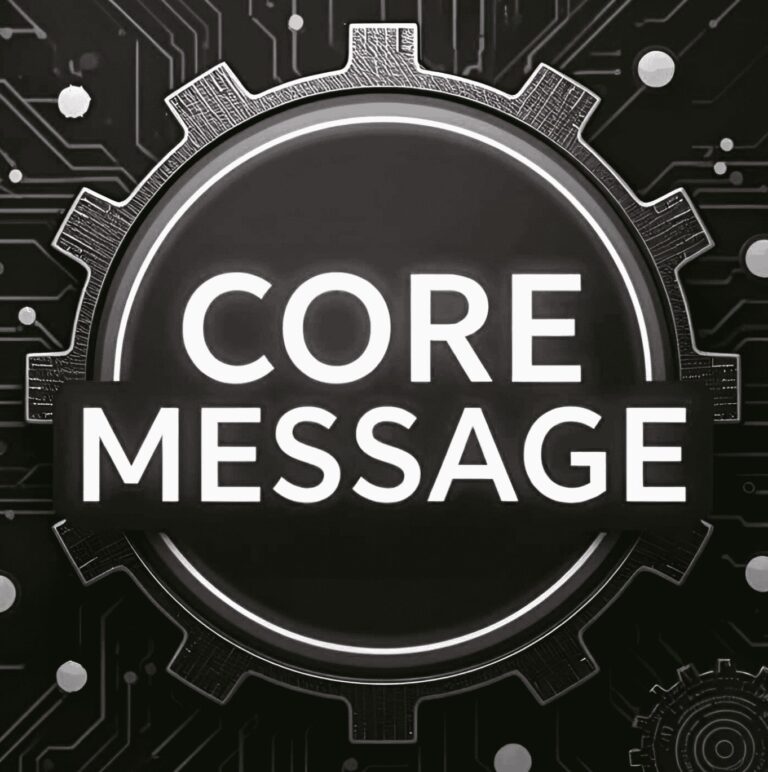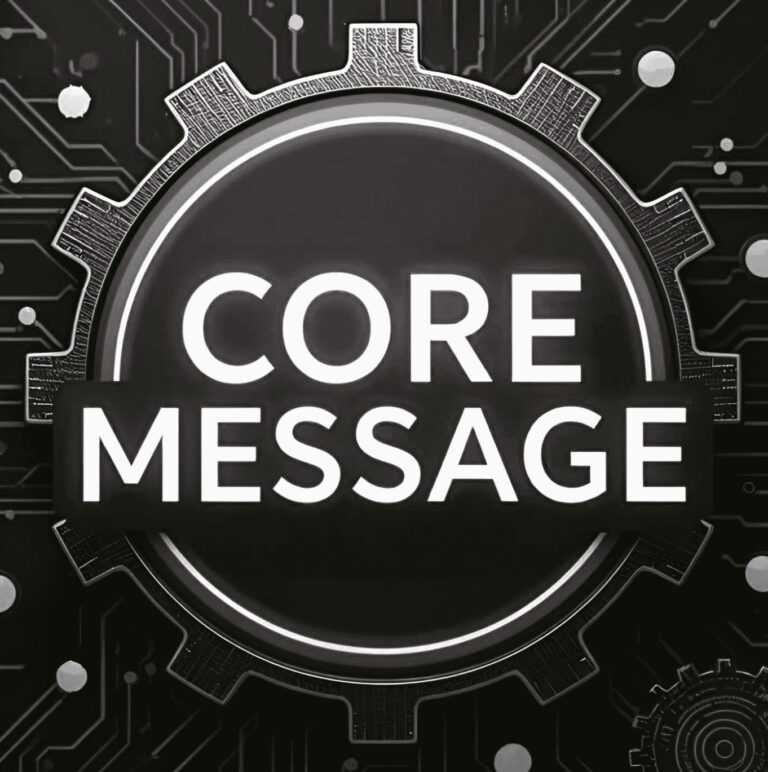Smart Ways to Work Smarter

Working from home is no longer the exception — it’s the new normal. But let’s be honest: home office life can be a double-edged sword. You’ve got the freedom, the flexibility, and the cozy slippers… but you’ve also got distractions, dishes, and the siren call of Netflix whispering your name.
So how do you stay focused, productive, and energized without losing your sanity (or your Wi-Fi signal)?

Master Your Mindset: The Foundation of Working Smarter
Before diving into gadgets, apps, or productivity hacks, start where everything truly begins — your mindset. Working smarter isn’t about how much you do, but how intentionally you do it. The difference between burnout and balance often comes down to what’s happening inside your head, not on your to-do list.
Your mindset shapes every decision, reaction, and habit. It’s the invisible filter through which you interpret your workday — and it decides whether you feel overwhelmed or in control. When you train your mind to focus on what matters most, you naturally cut out busywork, regain clarity, and create space for deep, meaningful progress.
When you’re working from home, that mental discipline becomes even more important. The line between “home” and “office” can blur faster than your webcam during a Zoom call. Without clear boundaries or mental cues, your brain stays stuck in a gray zone — not fully working, not fully resting. The result? Constant distraction and guilt that you’re not doing enough.
Here’s how to reset your mindset for success

- Start with intention
- Create rituals that signal “work mode”
- Let go of perfection
- Protect your focus like a resource
Start with intention
Before opening your laptop, pause and ask yourself:
What are the top three outcomes I want to accomplish today?
Not tasks. Outcomes. This small shift trains your brain to focus on impact, not activity. It sets a clear compass for the day and helps you avoid getting lost in notifications and busywork.
Create rituals that signal “work mode”
Your brain loves patterns. Repeating simple pre-work rituals — like brewing your morning coffee, listening to a focus playlist, or taking a short walk — creates a psychological trigger that it’s time to engage.
Over time, these cues form a mental “on switch” that helps you drop into deep work faster and stay there longer.
Let go of perfection
Working smarter isn’t about having a Pinterest-perfect workspace or a color-coded Notion dashboard. Perfectionism is the enemy of momentum.
When you chase flawless execution, you delay real progress. Instead, aim for consistent improvement over ideal conditions. Done beats perfect — every single time.
Protect your focus like a resource
Your attention is your most valuable currency. Every time you check your phone or glance at an open tab, you spend a little bit of it.
Design your day so that focus comes naturally — silence unnecessary notifications, batch communication, and give yourself permission to disconnect when you’re recharging.

Treat your mindset as your most powerful productivity tool. A focused brain gets more done in four hours than a distracted one does in ten.
When you master your mental state — through intention, boundaries, and self-awareness — you stop reacting to your workday and start directing it.
Optimize Your Home Office Setup
If your “home office” is your kitchen table or the corner of your couch — no judgment. We’ve all improvised before. But if you truly want to work smarter, your environment needs to work with you, not against you.
Your workspace quietly influences how focused, energized, and creative you feel throughout the day. The right setup can make concentration effortless, while a poor one can slowly drain motivation and clarity. You don’t need a Pinterest-worthy office — just a space designed with intention.
Small tweaks That make a big difference

- Invest in ergonomics
- Light it up
- Eliminate clutter
- Leverage technology wisely
- Add personal touches that inspire focus
Invest in ergonomics
Think of your chair and desk as tools, not furniture. A good ergonomic setup supports your body so your mind can perform at its best. Poor posture and constant discomfort chip away at focus, while a supportive chair, adjustable desk, and properly positioned monitor keep your energy steady.
-
Keep your screen roughly at eye level to avoid neck strain.
-
Your elbows should rest at about 90 degrees when typing.
-
Consider a sit–stand desk or converter to switch positions throughout the day.
It’s not about luxury — it’s about sustainability. When your body feels good, your brain stays sharp.
Light it up
Lighting directly affects your energy, mood, and even your circadian rhythm. Natural light, in particular, boosts serotonin and reduces eye strain — helping you stay alert longer.
If possible, place your desk near a window or use daylight-balanced LED bulbs that mimic natural light.
💡 Pro tip: Position your light source in front of you or at a slight angle to avoid shadows and glare on video calls. Bonus: it also makes you look more awake and confident on screen.
If your workspace is in a darker corner, add a warm lamp or soft accent light. Balanced lighting helps your brain recognize when it’s “work time,” keeping you mentally engaged without fatigue.
Eliminate clutter
A cluttered desk equals a cluttered mind. Visual distractions compete for your attention and make it harder to enter a state of flow. Studies in environmental psychology show that messy environments elevate cortisol (your stress hormone) and increase procrastination.
Keep only what you truly need within arm’s reach — laptop, notebook, a glass of water, maybe a plant or two. Everything else should have a home: drawers, shelves, or containers that keep your space clean and calm.
A few minutes of tidying at the end of each day sets you up for a fresh, focused start tomorrow.
Leverage technology wisely
Tech should simplify your work, not complicate it. Adding a few smart upgrades can dramatically improve comfort and efficiency.
-
A secondary monitor expands your digital workspace — research from the University of Utah found that dual screens can increase productivity by up to 42% by reducing the need to constantly switch between windows.
-
A wireless keyboard and mouse reduce cable clutter and let you adjust your setup ergonomically.
-
Noise-canceling headphones can help you stay in the zone, especially in a busy household.
The goal isn’t to collect more gadgets — it’s to curate tools that remove friction and help you flow seamlessly through your tasks.
Add personal touches that inspire focus
Your workspace should feel inviting. A small plant, a motivational quote, or a scent you associate with calm can make a big difference in how your brain experiences the space.
These details aren’t decoration — they’re environmental cues. They remind your brain that this is your place to create, think, and get things done.

Design your workspace intentionally. The goal isn’t perfection — it’s creating an environment where focus feels effortless and distractions fade away.
When your surroundings support your body and mindset, productivity stops being a struggle and becomes your natural state.
Time Management Hacks That Actually Work
We’ve all fallen down the “just five more minutes on email” rabbit hole or scrolled mindlessly through notifications, only to wonder where the day went.
Mastering your time isn’t about working longer hours—it’s about working smarter, reclaiming focus, and making each moment count.
Proven strategies that Actually help you take control

- Time Blocking: Structure your day like a CEO
- Harness the pomodoro technique
- Eat the Frog: Tackle your hardest task first
- Batch your tasks: Reduce mental load
- Automate and track your time
Time Blocking: Structure Your Day Like a CEO
Instead of leaving your schedule to chance, assign specific chunks of time to specific tasks. For example, block 9:00–11:00 AM for deep work, 11:00–11:30 AM for emails, and 2:00–3:00 PM for meetings.
Avoid multitasking and context switching—your brain performs best when it focuses on one task at a time.
Tip: Use color-coded calendars in Google Calendar or Outlook to visually separate “deep work,” “collaboration,” and “admin” tasks.
Harness the Pomodoro Technique
Work in 25-minute focused sprints with 5-minute breaks. After four sprints, take a longer 15–30 minute break. This method leverages the brain’s natural attention span and prevents burnout.
Example: If you’re writing a report, set a timer for 25 minutes, ignore notifications, and dedicate the entire block to writing. The mini-break afterward can be used to stretch, hydrate, or reset your mind.
Eat the Frog: Tackle Your Hardest Task First
Brian Tracy’s famous advice encourages starting the day with your most challenging, important task. Once it’s done, the rest of your day feels lighter, and you gain momentum for everything else.
Practical Application: If your “frog” is a tough client call or a big presentation, schedule it first thing in the morning. Your brain is freshest and decision fatigue hasn’t set in.
Batch Your Tasks: Reduce Mental Load
Instead of checking your inbox every 10 minutes, designate one or two times per day to handle emails and messages. Similarly, group similar tasks together, like filing documents, making phone calls, or processing invoices.
Pro Tip: Turn off push notifications to reinforce these batching habits and protect your attention.
Automate & Track Your Time
Apps like Clockify, Toggl Track, or Motion help you log time, visualize where your hours go, and plan your day more efficiently. Tracking your tasks often reveals hidden time sinks and opportunities to optimize.
💡 Extra Tip: Combine tracking with time blocking to see which blocks actually yield results versus which get derailed.

Time management isn’t about cramming more into your day. It’s about protecting your focus, eliminating distractions, and prioritizing work that truly moves the needle.
Master your time, and you’ll not only get more done—you’ll feel less stressed doing it.
Work Smarter, Not Harder
Working smarter begins with your mindset. It’s not about doing more, but about doing what truly matters. When you set clear intentions and focus on outcomes instead of activity, you gain control over your day instead of reacting to it. A purpose-driven mindset transforms your work from chaos into clarity.
Your workspace should work with you, not against you. An organized, well-lit, and ergonomic setup helps you stay energized and focused throughout the day. Remember — a calm space fuels a calm mind. When your surroundings inspire focus, productivity becomes effortless rather than forced.
Time is your most valuable resource. Use smart strategies like time blocking, batching tasks, and tackling your hardest work first to protect your focus. Working smarter means prioritizing quality over quantity — achieving more in less time while keeping your energy balanced. When your mindset, environment, and time align, success follows naturally.
